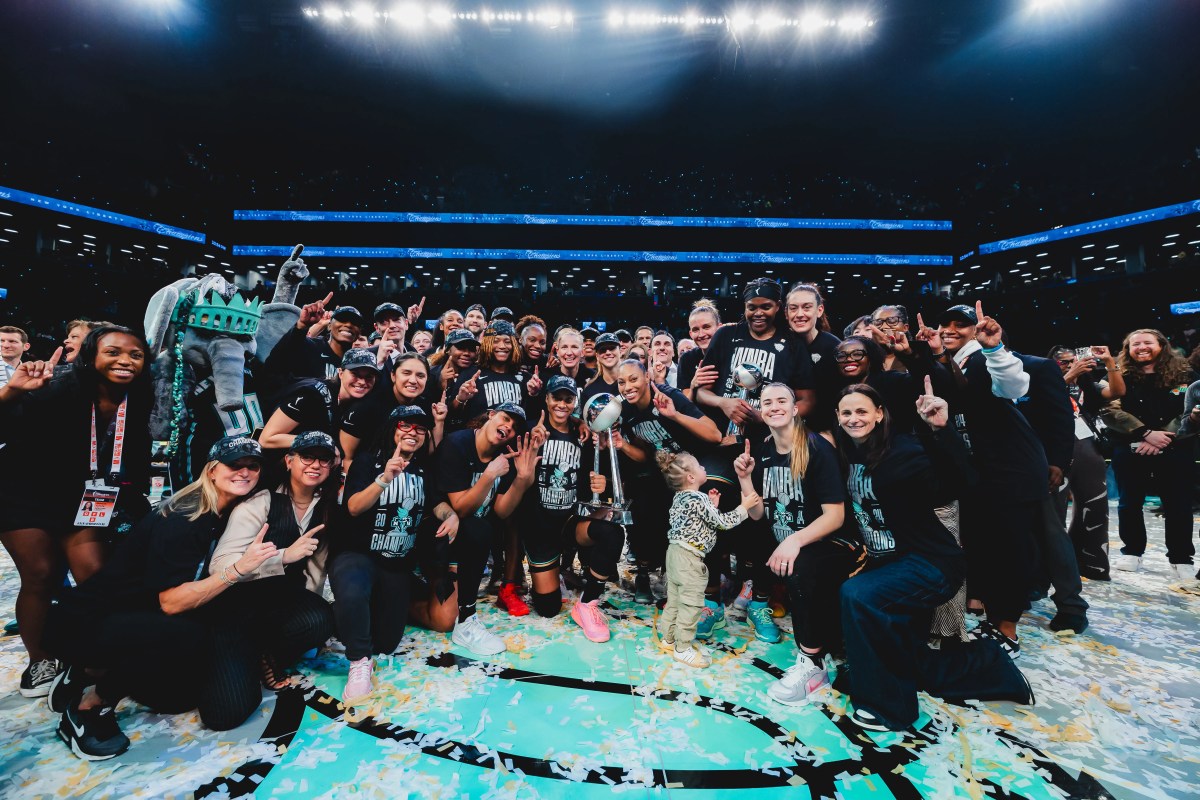BY GABE HERMAN | Community Board 3 recently passed a resolution for a Special Commercial District in the East Village that would limit the size of retail stores and restrict new chain stores to E. 14 and E. Houston Sts.
The resolution, approved in May, is part of an ongoing push by local groups, residents and politicians to promote smaller, independent businesses in the area.
The resolution says, in part, “In recent years the East Village has experienced a loss of retail diversity, a saturation of destination nightlife businesses, and an influx of national chain stores.”

“This change,” the resolution continues, “has resulted in decreased daytime foot traffic, growing ground floor commercial rents and vacancies, and a sustained loss of independent businesses providing affordable goods and services.”
This problem has had a particularly harmful effect on small businesses, and arts and cultural organizations, according to the resolution. The board also cited quality-of-life issues — such as noise, crowded sidewalks and increased vehicle traffic — due to the area’s becoming more of a “weekend nightlife destination.”
C.B. 3 has the highest rate in the city of commercial noise complaints made to the Police Department, according to the resolution.
The special district’s boundaries would be E. 14th and E. Houston Sts., Second Ave. and Avenue D. The so-called Special Enhanced Commercial District would include restrictions on storefronts’ size, as well as on new eating and drinking businesses, plus prohibitions against “formula retail” locating in much of the district, only allowing for such businesses on E. 14th and E. Houston Sts.
Existing chain stores would be allowed to stay. There would likely be an exception for grocery stores and supermarkets, according to Harry Bubbins, East Village and special projects director for Village Preservation, which has been an advocate for the special district.
The East Village Community Coalition has also advocated for protecting smaller local retail for years. In 2013, the group launched a campaign, “Taking Action Against Formula Retail,” which led to a 2015 report, “Preserving Local, Independent Retail.” Village Preservation joined the start of that 2013 campaign and assisted in creating the report.
Momentum has been growing over time as groups try to spread word of the campaign locally. C.B. 3 has been studying retail trends going back a decade, according to Laura Sewell, executive director of E.V.C.C. Councilmember Carlina Rivera also has been working with the community board to find a viable proposal. Borough President Gale Brewer and state Senator Brad Hoylman have also been monitoring the progress, Sewell said.

“E.V.C.C. sees the proposed East Village Special Enhanced Commercial District as a business-attraction tool,” Sewell told this paper recently. “Unique shops and services being priced out of other areas are relocating here. Daytime retail needs other daytime retail to thrive: E. Ninth St. is a prime example. How do we support and expand on what’s working here?
“Square footage has to be small, even tiny, to be ‘affordable,’” she added. “Microbusinesses simply can’t take on the big footprints or rents common to most new developments. Change is always inevitable.”
Sewell added that in the current retail climate, most businesses need a “side hustle,” such as clothing designers also being stylists, eyeglasses shops having a wholesale line, or trendy restaurants having a window for soups or juices.
Bubbins said Village Preservation has worked with other local groups, residents and merchants, “to advance this important policy proposal to promote small independent businesses that contribute so much to the unique character of our neighborhood, and which studies have shown generate more local economic activity than chain stores.”
C.B. 3 held a 2017 town hall on the issue that was attended by more than 100 people, Bubbins said. And Village Preservation has received more than 300 signatures on an online petition advocating for a special district, along with 300-plus e-mails sent to local politicians supporting the idea.
However, there are still many steps left before a special district could reach the City Council and be created. Now that C.B. 3 has passed the resolution, the proposal will go to the Department of City Planning for its review. If Planning finds the zoning idea feasible, it could authorize a ULURP (Uniform Land Use Review Procedure) process for it. That would include C.B. 3, the Manhattan borough president and the City Council all weighing in on it, along with public hearings, and take up to nine months over all to complete.
The Real Estate Board of New York a.k.a. REBNY did not respond to a request for comment for this article, but the group was against a 2017 effort in C.B. 3 to restrict store sizes. A spokesperson told DNAinfo then that the restrictive scheme would hurt the local economy and was an attempt to kick out bars and other nightlife, and that late-night noise issues should be handled by enforcement, not rezoning.
Sewell said the next step for E.V.C.C. is to continue outreach in the East Village and get more feedback about the retail proposal.
“It’s important to provide information about certain details,” she said, adding that includes letting people know that current chains would not be kicked out.
Councilmember Rivera’s spokesperson, Jeremy Unger, said Rivera has long supported a Special Commercial District and considers protecting and nurturing small businesses a top priority.
“She looks forward to working with the community board and city agencies further on this plan,” Unger said.
A City Planning spokesperson said the agency had not yet received a proposal from C.B. 3 about the Special Commercial District.
“As with every community,” the spokesperson said, “we are happy to meet with local stakeholders, including residents, business owners and elected officials, regarding their concerns.”
































